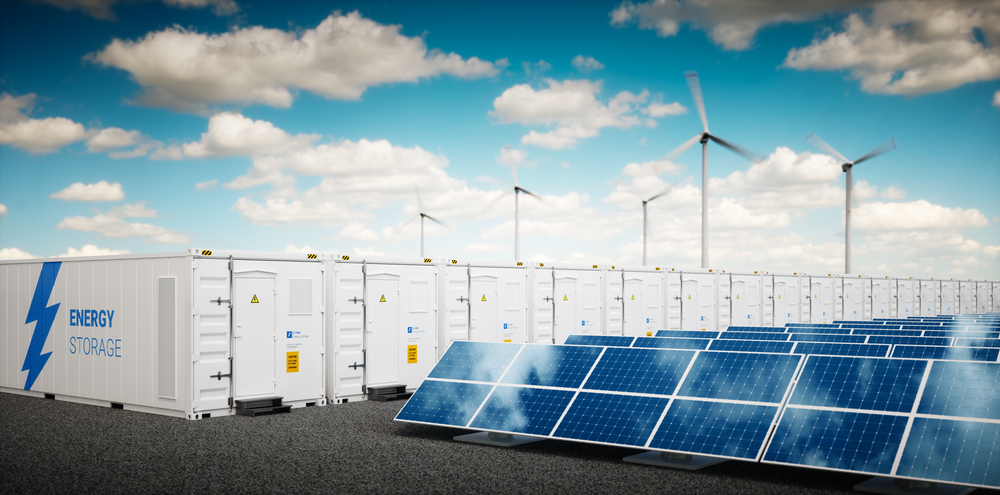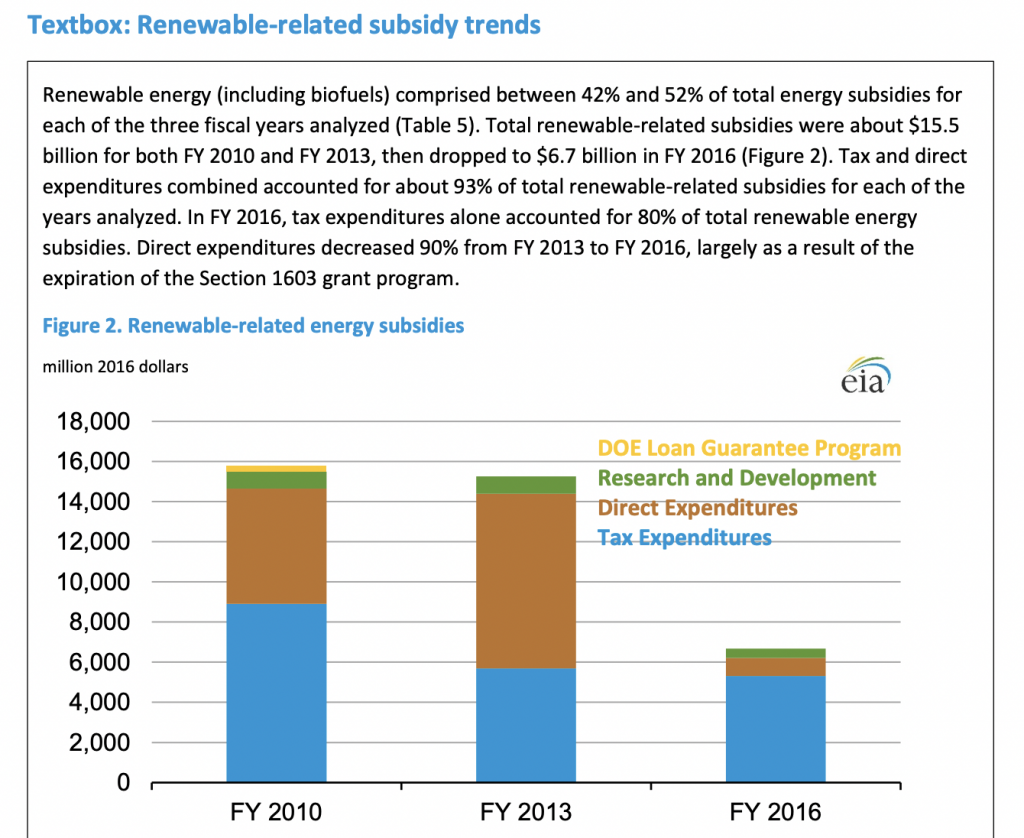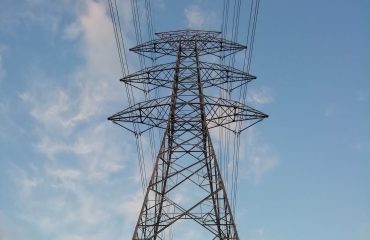
Original article on energy storage by Ben Cook published on Tamarindo
Co-location of renewables assets with storage was rarely considered in the era of subsidies, but it is about to become the norm as investors seek to maximise the value of assets.
- Co-locating renewables assets saves costs and increase ROI
- Subsidies meant co-location often wasn’t considered in the past
- But half of all solar will be co-located with storage by 2050
Given the numerous benefits of co-locating energy storage with solar or wind projects, it’s surprising that such schemes aren’t more common.
Co-location means power can be stored when the wind is not blowing or the sun is not shining. In addition, co-located projects present a price arbitrage opportunity – that is, power is bought during off-peak hours (when grid prices are cheapest), and then stored and used during peak hours (when grid electricity prices are highest).
Co-located projects can also provide grid services such as ‘dynamic containment’, that is, catching and containing any deviations in energy frequency that could be caused by the loss of a generator, for example. In addition, solar plus storage in particular is viewed as doing much to mitigate the risk of yield and profit compression (known as the ‘solar capture rate’), that is the continuous reduction in energy price when the sun is shining and more solar assets enter the market.
Co-location increases investment returns
Other benefits of co-location include an increase in the return on investment from renewables projects by reducing the capital outlay required – that is, fewer wind turbines or solar panels are needed to generate the same revenue.
Meanwhile, capital and operational costs can also be reduced by sharing existing infrastructure, land and grid connections. Combining storage and generation assets also allows more effective utilisation of connected grid capacity. As a consequence, the savviest investment funds are taking the step of retrofitting storage to their existing renewables projects. For example, last year it emerged that Next Energy Solar Fund would be retrofitting its 11MW North Norfolk solar farm with a 6MW/12MWh battery system.
Given the multiple benefits of co-location, why aren’t more wind and solar projects linked with storage systems? A key reason is that subsidies for wind and solar projects artificially reduced the high cost of projects and meant that there was less incentive for project developers to do everything possible to optimise the value of projects.
Declining subsidies incentivising co-location?
Now policymakers are providing less by way of subsidy for renewable energy projects so there is a greater onus on project developers to find ways of making schemes more attractive to investors and an effective way of doing this is by co-locating wind and solar with storage. For example, data from the US Energy Information Administration shows that total renewable-related subsidies were about $15.5 billion for both FY 2010 and FY 2013, then dropped to $6.7 billion in FY 2016 (see graph below).

Indeed, even if project developers are not planning to co-locate storage with wind and solar projects at the outset, they are now being advised to ‘future-proof’ their project by ensuring leases, for example, allow for a battery facility in addition to the main generation facility. Developers are also being encouraged to structure planning applications in such a way that they cater for potential battery add-ons in the future as this will maximise the value of the asset.
Yet barriers to co-located wind and storage projects remain. While corporate power purchase agreements (PPAs) have been flagged as offering a potential route to market for co-located assets, there is concern that the greater flexibility offered by co-located assets will result in PPAs that involve much higher premiums – because the extra flexibility is priced in – and this could be off-putting for potential corporate customers.
Hybrid PPAs offer solution
One potential solution is the development of hybrid PPAs. There are concerns about negotiating a contract for a hybrid PPA will be more complicated than treating assets as standalone and setting up separate routes to market for each asset. However, the counterargument is that the ability of co-located sites to guarantee more output, and meet both peak and baseload energy requirements, will enable operators of co-located sites to get a better price for their energy output.
Yet, despite an element of uncertainty about the best way forward for co-located projects, they will be the norm in the future. The appeal to investors of such projects is beyond doubt – witness Intersect Power confirming the $3.1 billion financial close of one of the US’ largest ever solar-storage portfolios, which included the Oberon I and II projects in California, which total approximately 685 MWp of solar and around 1GWh of battery energy storage.
Meanwhile, earlier this year, Copenhagen Infrastructure Partners, on behalf of its Flagship Funds, entered into a partnership with Amberside Energy with a view to developing 2GW of solar and battery storage projects in the UK. Elsewhere, in January, NextEnergy Capital launched a new fund, NextPower V ESG (NPV ESG), which will invest in solar and energy storage assets in OECD [Organisation for Economic Co-operation and Development] countries. NPV ESG is targeting capital commitments of $1.5 billion with a $2 billion ceiling.
The rise of the ‘power couple’
This is just the start. Co-located solar and storage, which has been dubbed by some market observers as the ‘power couple’, is set to take-off. DNV has predicted that, within a decade, around one-fifth of all PV will be installed alongside dedicated storage, and by 2050, this will have risen to 50 per cent of all PV. DNV says that, by mid-century, total installed global solar capacity will amount to 9.5TW, with a further 5TW of solar-storage capacity.
With renewable energy developers less able to rely on government subsidies to make projects viable, and with investors looking to ‘future-proof’ renewables, co-location will be a key consideration when seeking to maximise the value of wind and solar assets.
Tamarindo Energy Storage Report Intelligence Briefing
About the Author:

BEN COOK, INSIGHT DIRECTOR AT TAMARINDO
Ben Cook is Insight Director at Tamarindo, which provides insight, connections and communications for the global energy transition. He heads up Tamarindo’s Energy Storage Report. An experienced editor and journalist, he has worked as a writer and contributor for national newspapers, including The Guardian and The Times. He also spent six years as the Madrid-based editor of a legal magazine and website, and previously worked as chief editor for a Paris-based legal and financial ratings agency. He has also previously worked as chief editor for a Milan-headquartered legal publisher.
Green Dealflow
Green Dealflow is an exclusive matchmaker for professional investors and project developers in the solar and wind industry. For developers, we provide the service of introducing the relevant investors or PPA off-takers for their projects within 2-4 weeks (off-market with discretion). Other services we provide to the developers are secure data room service, financial modelling service, running a structured process to sell projects etc. For investors, we provide the project based on their investment criteria and run an RPF process to source projects in any market as a mandate holder. Further to this, we deliver renewable news and trends, blog posts, and business intelligence, e.g. through transaction reviews etc., to our client base periodically. Remember to register your interest with us.


